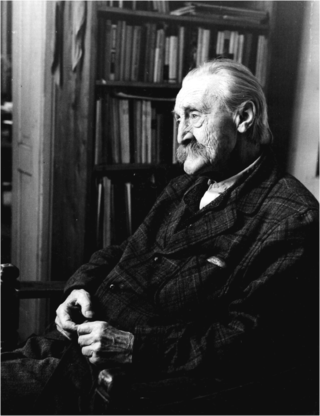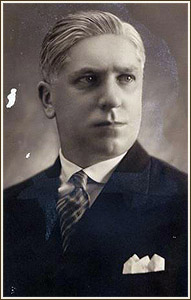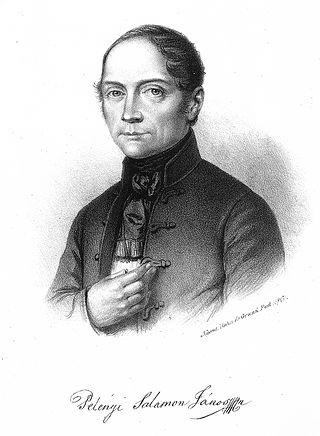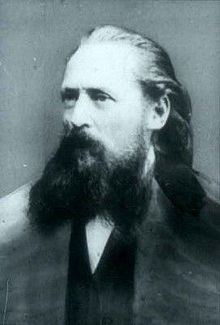
Miskolc is a city in northeastern Hungary, known for its heavy industry. With a population of 161,265 as of 1 January 2014, Miskolc is the fourth largest city in Hungary. It is also the county capital of Borsod-Abaúj-Zemplén and the regional centre of Northern Hungary.

Ferenc Kazinczy,, was a Hungarian author, poet, translator, neologist, an agent in the regeneration of the Hungarian language and literature at the turn of the 19th century. Today his name is connected with the extensive Language Reform of the 19th century, when thousands of words were coined or revived, enabling the Hungarian language to keep up with scientific progress and become an official language of the nation in 1844. For his linguistic and literary works he is regarded as one of the cultural founders of the Hungarian Reform Era along with Dávid Baróti Szabó, Ferenc Verseghy, György Bessenyei, Mátyás Rát and János Kis.

Bánffy Castle is a baroque building of the 18th century in Cluj-Napoca, designed by the German architect Johann Eberhard Blaumann. Built between 1774 and 1775 it is considered the most representative for the baroque style of Transylvania. The first owner of the palace was the Hungarian Duke György Bánffy (1746–1822), the governor of Transylvania.

Lillafüred (Miskolc-Lillafüred) is a town in Borsod-Abaúj-Zemplén county, Hungary. Officially, it is a part of Miskolc, though it is almost 12 kilometres away from the city, in the Bükk Mountains. Lillafüred is a tourist resort.

Károly Kós was a Hungarian architect, writer, illustrator, ethnologist and politician of Austria-Hungary and Romania.

Sámuel Brassai was a Hungarian linguist and teacher sometimes called "The Last Transylvanian Polymath." In addition to being a linguist and pedagogue he was also a natural scientist, mathematician, musician, philosopher, essay writer, and a regular member of the Hungarian Academy of Sciences. He is perhaps best known for teaching methods.

István Szamosközy, latinised as StephanusZamosius (1565–1612) was a Hungarian humanist and historian.

Endre Kálmán Bajcsy-Zsilinszky, was an influential Hungarian national radical politician and an important voice in the struggle against German expansion and military policy. Executed National Resistant by the Hungarist Arrow Cross Party.
Tamás Borsos de Ozd was a Hungarian politician and diplomat in the Principality of Transylvania, who served as mayor of Marosvásárhely, then ambassador of Gabriel Bethlen, Prince of Transylvania to the Ottoman Empire.
Salbeck Mihály was a doctor of philosophy, priest of the Society of Jesus, teacher, brother of Ferenc Salbeck and Károly Salbeck.

Tamás Péchy de Pécsújfalu was a Hungarian nobleman and politician, who served as Minister of Public Works and Transport (1875–1880) and as Speaker of the House of Representatives (1880–1892). He also functioned as Inspector of the Lutheran Diocese of Tisza from 1876 to 1897.

Hugó Meltzl of Lomnitz was a Hungarian scholar who was a knowledgeable professor at, and later rector of, the Franz Joseph University.
István Moldován was a Hungarian painter and graphic artist.
The Kriza János Ethnographic Society is ethnographical research institute founded in Cluj, Romania in 1990. Its objective is to serve as professional representation of the ethnic Hungarian ethnographers from Romania, and to provide an institutional framework for research and professional work. Since its inception has been operating continuously, and as ethnographic research and ethnographic education began to develop, its activities expanded and diversified. From 1994 the Society has its own headquarters, where a library, an archive, a publisher and a lecture hall is housed. The latter is used for ethnographic lectures and exhibitions.

Ferenc Veress was a Hungarian photographer and inventor.

János Salamon Petényi,Johann Salomon von Petényi or Ján Šalamún Petian was a Hungarian priest who took an interest in zoology, travelling, collecting specimens, and contributing to ornithology, speleology, and paleontology. He is considered the father of Hungarian ornithology.

Jakab Vönöczky Schenk was a Hungarian ornithologist who helped establish a systematic bird ringing project in the region from 1908. He translated Hungarian articles into German and edited the journal Aquila from 1905.

István Chernel was a Hungarian naturalist, ornithologist and conservationist. He was involved in documenting the birds of Hungary and in establishing a national bird and tree day on the 10th of May.

Titusz Csörgey was a Hungarian ornithologist and bird artist. He served as a director of the Hungarian ornithological institute after the death of Istvan Chernel.

László Csiky of Szentkirályszabadja; also known as Csikász was an actor and theater director.
















